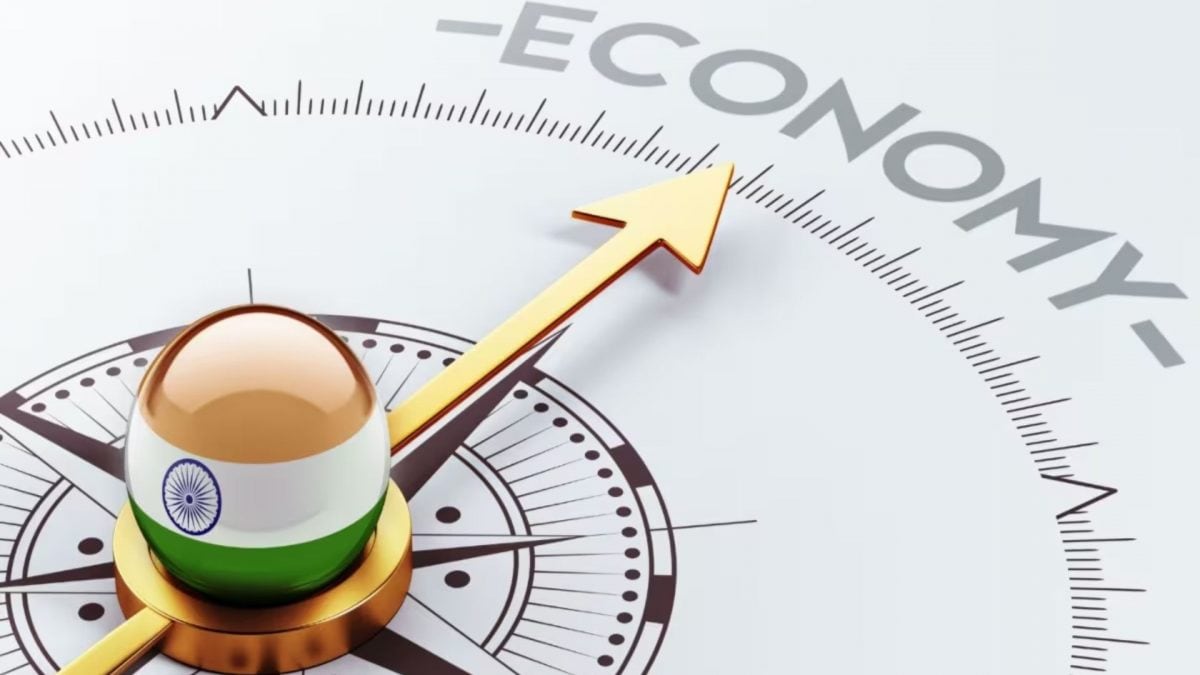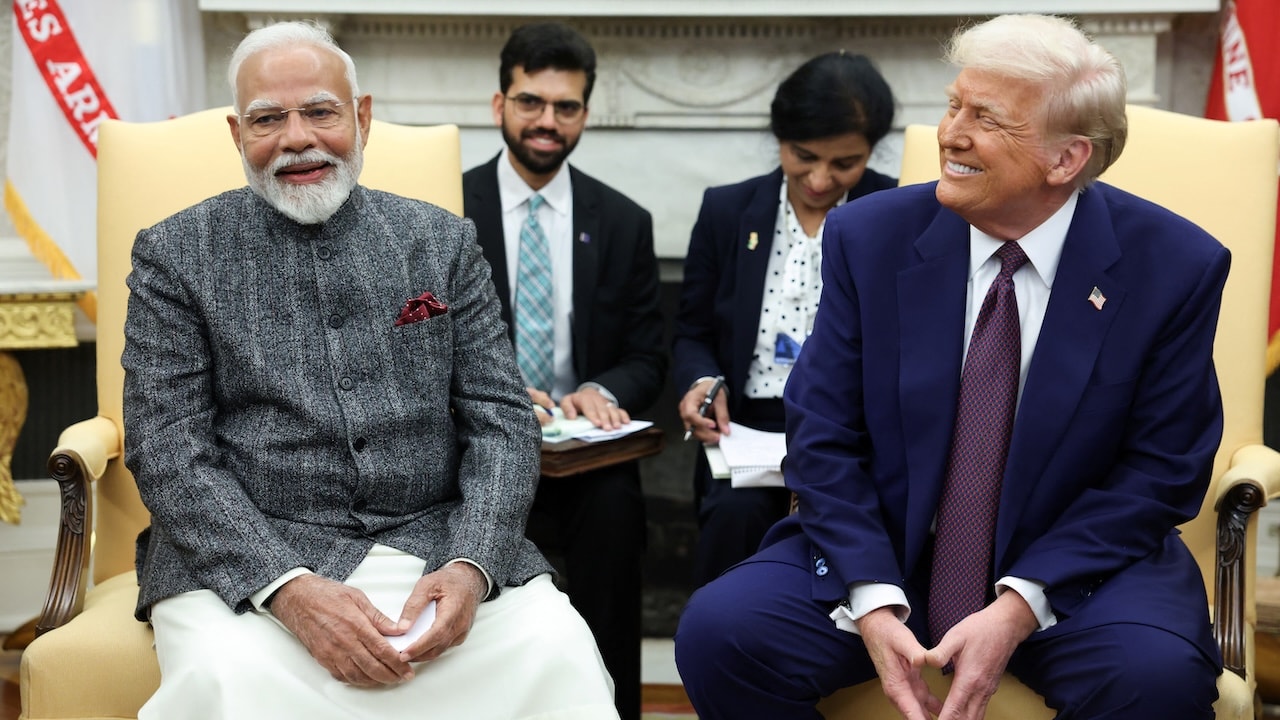Rupee's Downward Trend
The Indian rupee has experienced a significant downturn, setting a new record by reaching its lowest value. This decline is particularly concerning because
it has occurred against the backdrop of persistent tensions in global trade. Economists closely monitor the currency's performance, as it reflects the health of a nation's financial system. The rupee's value is affected by various factors, including economic indicators, market sentiment, and external events. The recent depreciation raises questions about the underlying forces at play and the potential for the rupee to recover. Understanding this decline is vital because it touches upon areas like imports, exports, and the overall investment climate, impacting Indian businesses and consumers in numerous ways.
US Tariff Pressures
A primary driver behind the rupee's descent is the continuing pressure stemming from US tariffs. These tariffs have created economic friction, affecting the balance of trade between India and the United States. The imposition of tariffs often leads to increased costs for businesses, which can, in turn, lower investment levels. US tariffs on certain goods from India can reduce export volumes, decreasing the flow of foreign currency into the Indian economy. As exports become relatively more expensive in international markets, there's a decline in demand. This reduced demand contributes to a weakening of the rupee as the supply of the currency is affected. Such imbalances can have a ripple effect, touching upon other sectors and influencing the general economic outlook of India. The influence of such tariffs needs to be understood for accurate predictions and strategic responses.
Impacts and Implications
The rupee's decline presents several potential ramifications for the Indian economy. A weaker rupee usually renders imports more expensive, potentially leading to higher prices for consumers. Imports of essential goods, like oil, become costlier. This inflation can influence the decisions of the Reserve Bank of India (RBI) regarding monetary policy, which in turn affects interest rates and credit availability. On the flip side, a weaker rupee could make Indian exports more affordable in global markets, boosting demand and potentially supporting economic growth. The effect on the export sector depends greatly on the type of goods, the destination countries, and the level of competition. A devaluation could have broader implications for financial markets and investment activity, which, if combined with investor confidence, might trigger volatility. Therefore, the rupee's performance requires ongoing monitoring and careful analysis to assess its effects on various sectors and the overall economy.

















